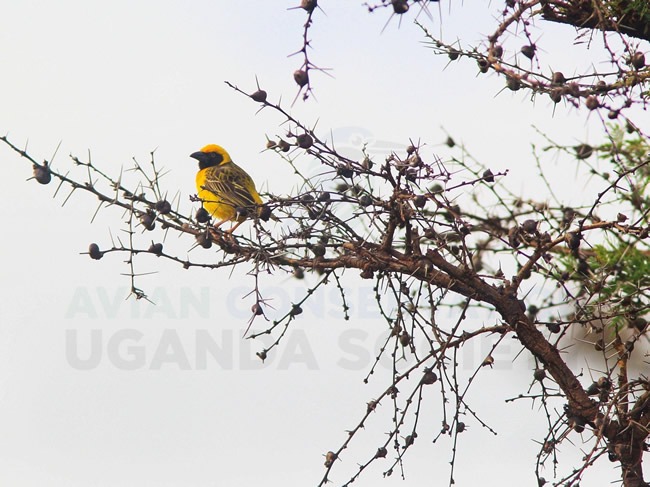The Avian Conservation organized a webinar on June 17th, 2023, titled “Saving Uganda’s Birds: Enhancing Conservation with Data,” led by esteemed ornithologist Jonathan Onongo. During the event, participants explored innovative strategies to protect Uganda’s diverse bird population, as Jonathan Onongo presented on the topic of avian preservation.
Uganda, a landlocked country with a landmass ranging from 900 to 1,500 meters above sea level, covers an approximate area of 241,000 square kilometers. Its favorable ecological richness is attributed to diverse vegetation, which can be divided into distinct zones such as forests, dry areas, wetlands, and open areas.
With over 1,080 recorded species, Uganda boasts a rich and diverse avian population. This remarkable diversity positions Uganda as a leader in avian richness in Africa. The country is home to nearly 50% of Africa’s bird species and 10% of global bird life. New discoveries, such as the recent inclusion of the Urania species spotted in Tororo, continue to expand the number of recorded species.
Bird species in Uganda can be categorized based on residency and migration patterns. Resident species breed within the country, while migratory birds visit during their non breeding periods. The importance of habitat protection and the impact of habitat exploitation on Uganda’s bird population was emphasized during the webinar. The long-term survival of all bird species depends on the preservation and integrity of their natural habitats.
To safeguard Uganda’s avian diversity, conservation efforts should prioritize the protection and restoration of critical habitats, particularly wetlands and forests. Implementing sustainable practices, raising awareness among local communities, and enforcing strict conservation measures are essential steps in this endeavor.
Bird research in Uganda has evolved over a century, combining scientific methods and indigenous knowledge to gain a comprehensive understanding of the country’s avifauna. Early research primarily focused on museum collections, but efforts have shifted towards studying bird distribution, populations, and behaviors. Several publications, including the Birds of Africa and the Bird Atlas for Uganda, have significantly contributed to the understanding and conservation of bird species.
Monitoring programs have been established to assess bird species’ status and trends. These programs prioritize ecological characterizations and the identification of indicator species.
Bird populations, species, and the number of species are examined twice a year, providing vital information for conservation measures and prioritizing protected sites.
Uganda has designated specific areas as key sites for bird conservation, encompassing approximately 80% of the country’s important bird habitats. Twelve RAMSAR sites have been designated for wetland conservation, and data from monitoring programs and censuses are crucial for identifying and establishing protected areas.
Despite some conservation success stories, Uganda still faces challenges in bird conservation. Limited human capacity, including a scarcity of researchers and inadequate ornithology training, hinders progress. Bridging the gap between species and available researchers requires collaborative efforts and the incorporation of comprehensive ornithology courses into educational institutions.
Addressing these challenges necessitates data-driven decision-making and the collection of essential information on bird populations, habitats, and threats. Citizen science initiatives, supported by mobile apps and other platforms, enable individuals to contribute to data collection and enhance our understanding of bird species’ conservation needs.
Raising awareness about bird conservation is crucial, not only among students but also among the wider public. By promoting student involvement, fostering collaborative networks, and generating a sense of responsibility, we can inspire future generations to actively contribute to bird conservation efforts in Uganda.
The journey towards comprehensive bird data collection and publication requires long-term dedication and support. Stakeholders in Uganda must collaborate and advocate for the importance of data-driven research in bird conservation. By building a strong foundation for data collection and fostering an appreciation for Uganda’s avian wealth, we can effectively safeguard the country’s bird population for generations to come.
In conclusion, the webinar highlighted the significance of data-driven conservation strategies , collaborative efforts, and raising public awareness in protecting Uganda’s diverse avian population. By prioritizing habitat preservation, promoting research and education, and engaging local communities, Uganda can make substantial progress in safeguarding its unique bird species.
Transcribed by Regan Okia


